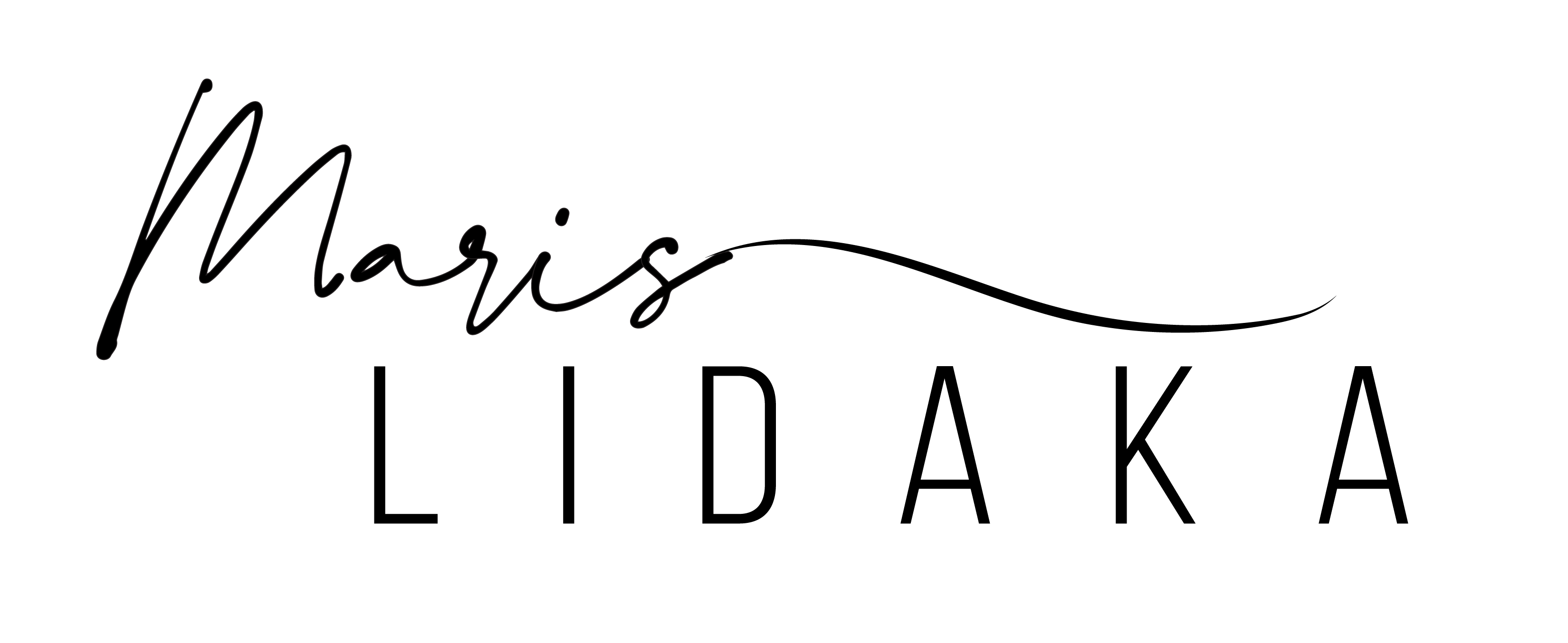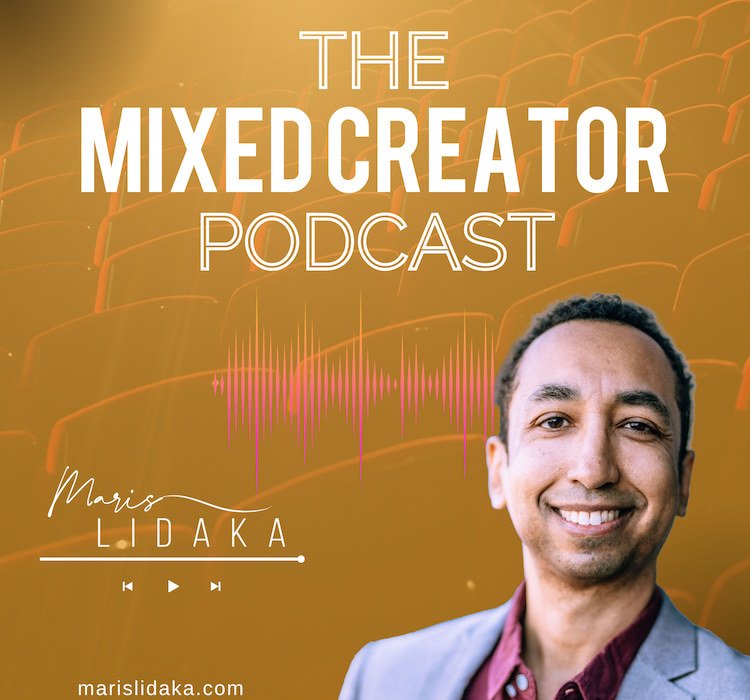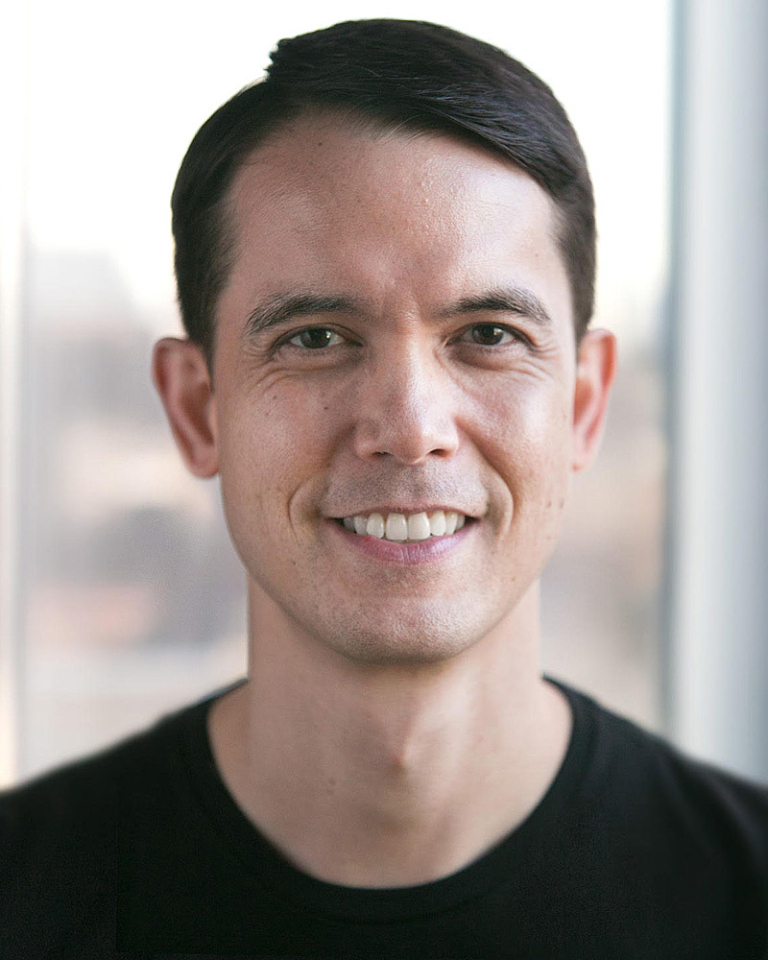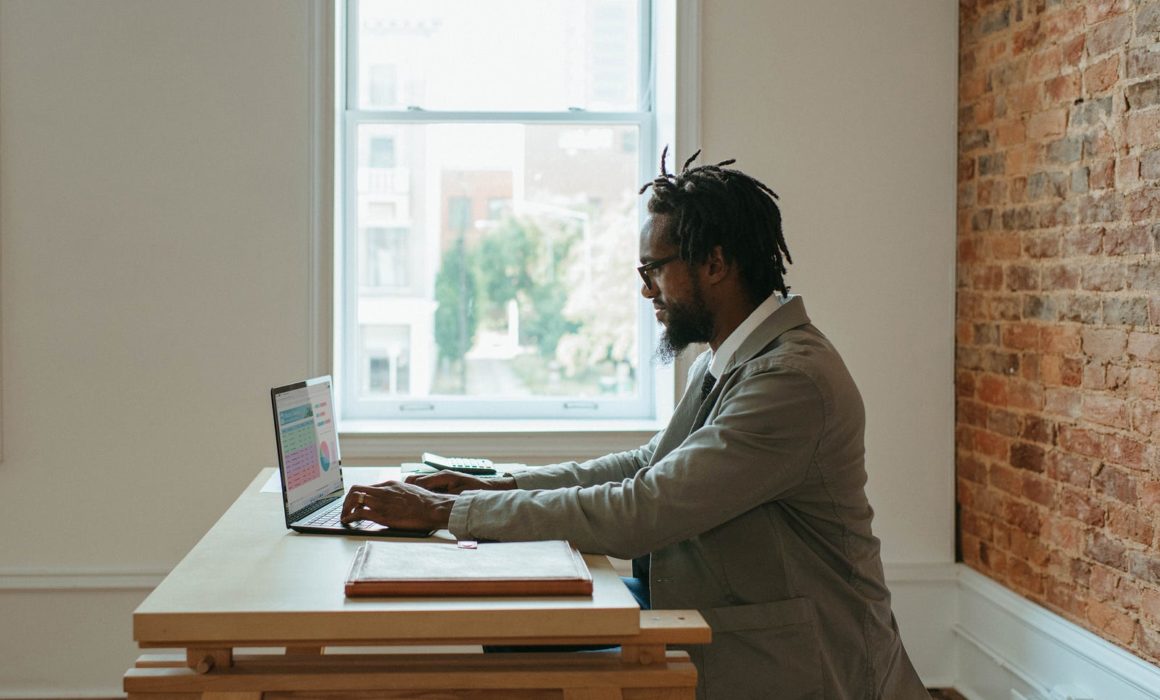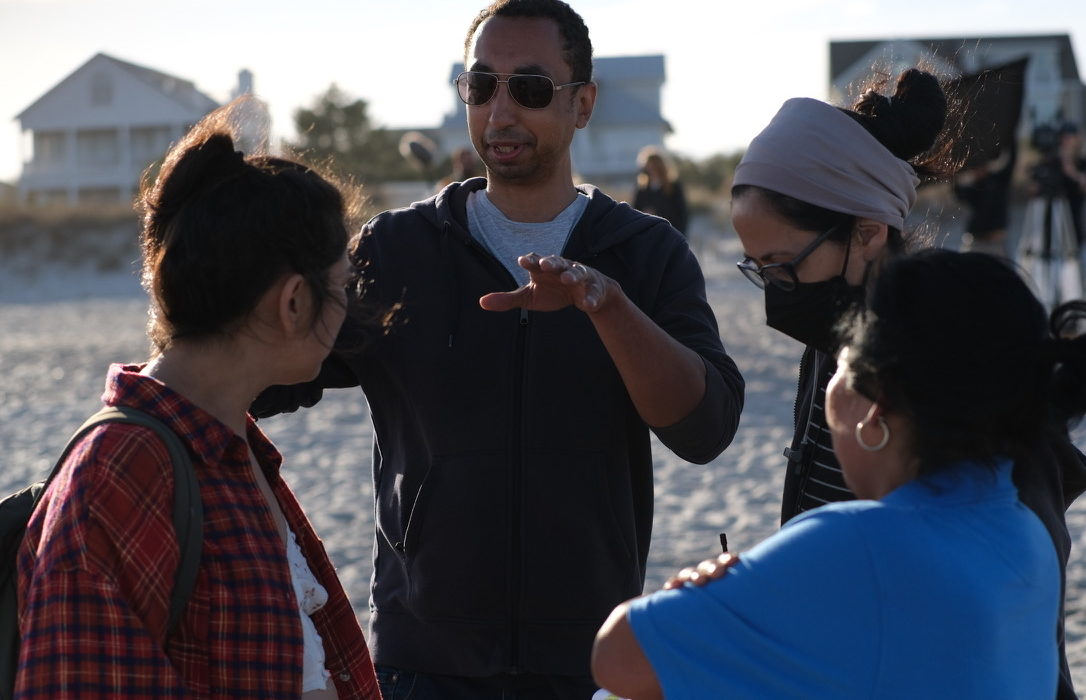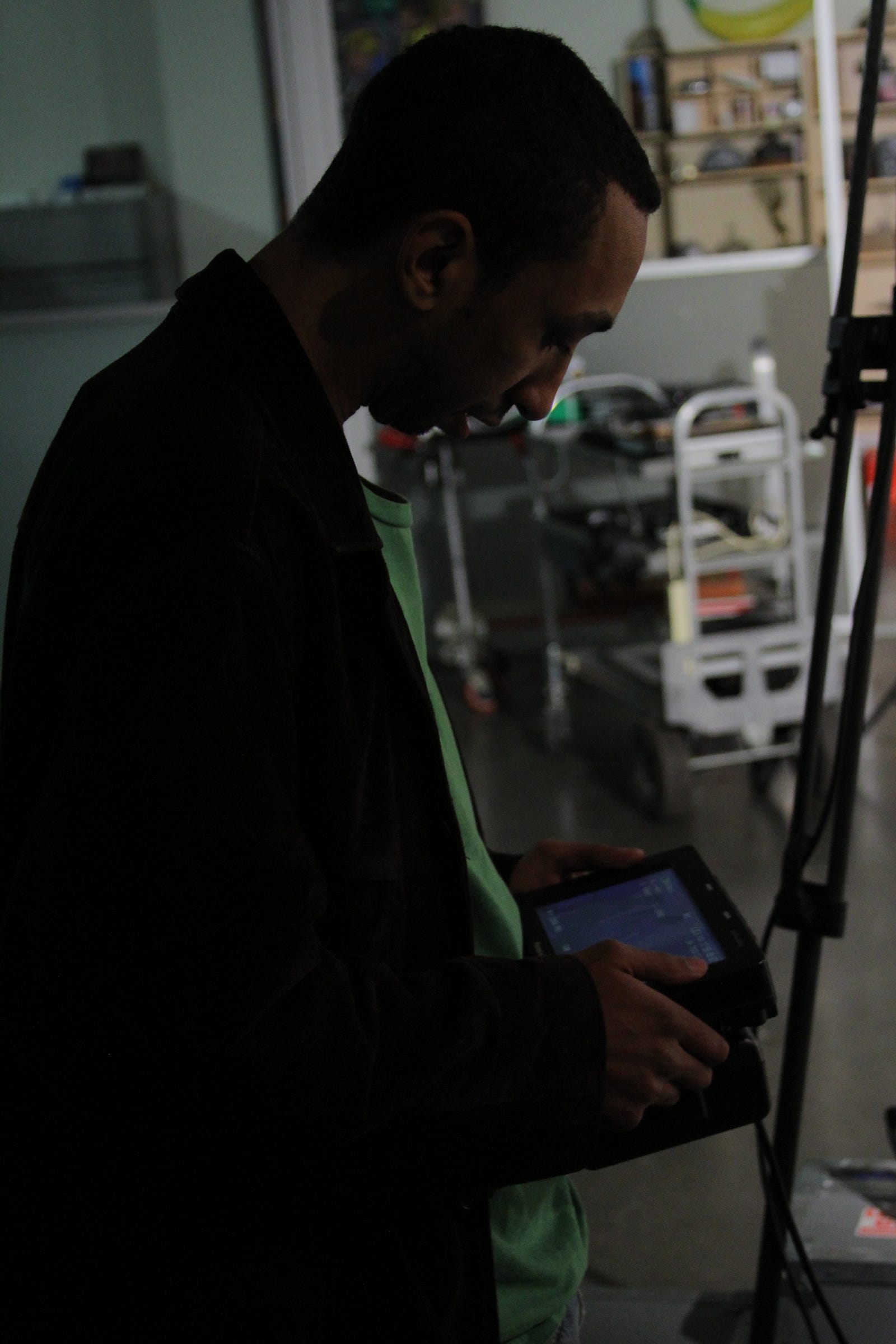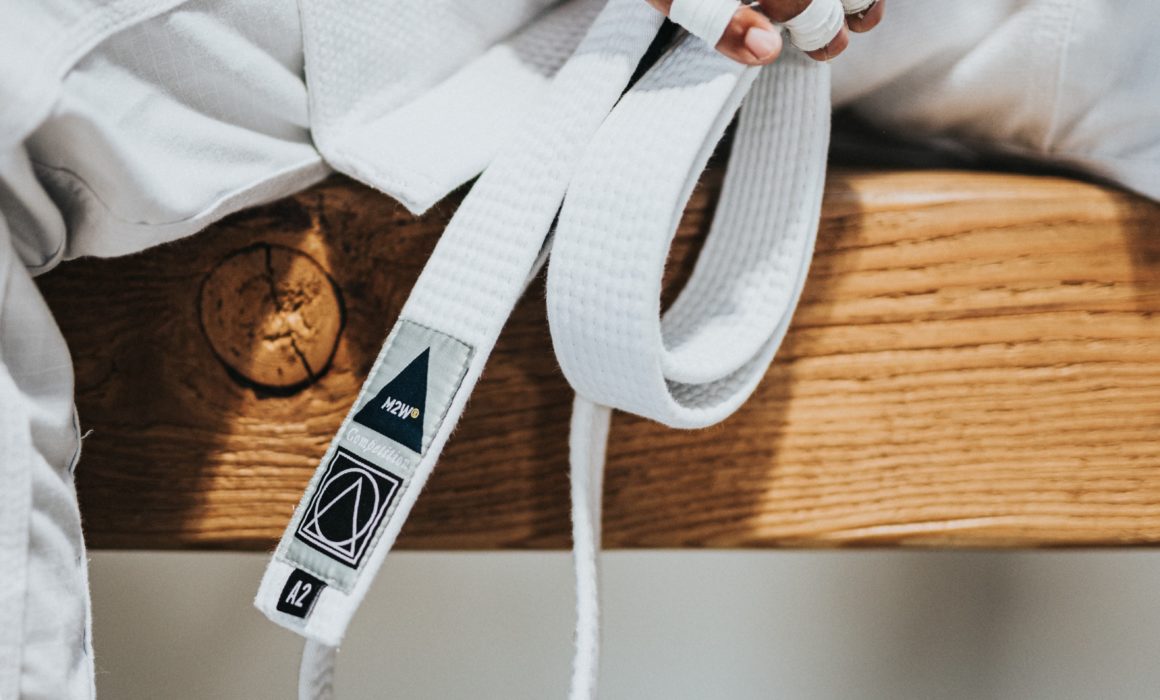Become A Developer
This article originally appeared in my newsletter. To get advice like this in your inbox. Sign up here:
In the coming months and years, we’re going to need to know more about computers and AI to survive. I’m convinced that art is going away and only the way to survive is embrace change. So I’m here to announce my transition from filmmaker to AI prompt trainer and tech entrepreneur.
KIDDING!!!
This week I’m going to talk about development in the filmmaking world. And why we should aspire to be people who develop, rather than simply produce.
TWO APPROACHES
We all got involved in this world to tell stories. It’s why we create what we do. In film, we hear about all the different production companies that everyone has. So it’s drilled into our psyche’s that this is what we need to aspire to create. That the ultimate version of success is having a company that produces media for a living.
I have a business coach who helped me come up with the initial concept for The Blended Future Project. And his mantra has always been:
You want a development company. Not a production company.
What is the difference?
- A development company has an original idea that they are taking out into the market. They create ideas and work in-house that they try to sell. Ideas that they have ownership of. And that is one of the key distinctions.
- A production company has system in place to execute the idea of someone else. Their main function is to act as a service provider to someone else. But they have no ownership (and often no input) on the idea.
Let’s use Apple as an example. They are the development company. They come up with the ideas for the hardware and software. Foxconn is the production company. They produce the hardware for set fee. They have no ownership of the product or any input. Their job is to take it from a concept to a creation that is sold on the market. But Apple gets the credit and the biggest reward.
Production companies also compete on price. Usually, the way a production company survives is not only on quality of work. But how much they can save the development company on their own costs. Which, in a capitalistic society like ours, makes them easily replaceable.
This isn’t to say production companies don’t have value. It’s a great starting point for getting clients and building relationships. It can keep the lights on and your bills paid while you figure out who your key audience is. But I urge all filmmakers and content creators to strive towards being in the development space.
BREAKING THE CYCLE
I’ve worked for many a production company in a variety of roles. They are all striving to become development companies. They have original ideas that they want to see in front of an audience. But while they’re doing that, they are hustling to just keep the lights on.
Production companies have staff that need to get paid. Whether full-time or freelance, these are people who get paid by the day or hour. And nothing gets out the door without meeting those costs. Just like the manufacturing plant. Your product can’t get out the door without the equipment and people to run it. Even though with technology you might be able to shrink your costs of manpower. You still have a high level of expenses to pay every month.
And the only way you can grow is by getting clients with bigger budgets. But the game is the same:
Keep your expenses low. So you can make a great living.
Some of this is part of development companies. Many of them have in-house production teams that can create the ideas that they come up with. But many of them also don’t. There are a lot of development companies that just come in with an idea and that’s where their income comes from. The value of their idea, not the ability to create it. An idea that they have ownership over.
That is the goal we should aspire to.
The way we create an impact is by telling our own stories. By having the opportunity to put our perspectives out there. And I’ve worked long enough in the entertainment industry to know this:
Waiting for permission is a fool’s game.
I see it over and over, especially one social media. Everyone is waiting for “their shot” at the big time. But that shot is never going to come if you don’t make it first. It’s one of the key mistakes that directors make in their careers. If you’re aiming to just be on set. You will essentially be auditioning to be an employee (although a high-paid one). You will get to put your twist on someone else’s product.
But in the end – they own it, not you.
SHIFT YOUR STRATEGY
At my previous job, the CEO would have monthly meetings where he would give updates on the business. In these all-hands meetings, I got to see how everything worked. One thing he said has always stuck with me:
This is why it’s important to own your own IP.
We think of IP in terms of fantasy and superheroes – Marvel and DC. But at the core, those are just recognizable brands, characters and stories. All from the imagination and perspective of the creator – Stan Lee. Like a development company, he might not have drawn all the comic books. But he created many of the ideas. That he (and how his estate) owns.
The Blended Future Project is my Intellectual Property. It’s my unique perspective and stories that I will put out into the world. And the stories of others who I collaborate with. All with the mission of giving representation for the Mixed Experience. Where everything I do, I own. And it also has the potential to grow.
So for all of you who are in the storytelling business – think big. Think of how you can create your own. What can you develop and retain ownership of? How can you use that to connect with other partners and collaborators. Remember that you are here to create an impact. Not just provide a service.
When the acts of creation and service work hand-in-hand. That’s what makes you unstoppable.
Become someone who develops. And you’ll be that unstoppable force faster than you think.
- Want more filmmaking and creator advice? Sign up for my newsletter.
- Get my free workbook The Mixed Creator
- Need coaching or consulting? Book a meeting with me.
